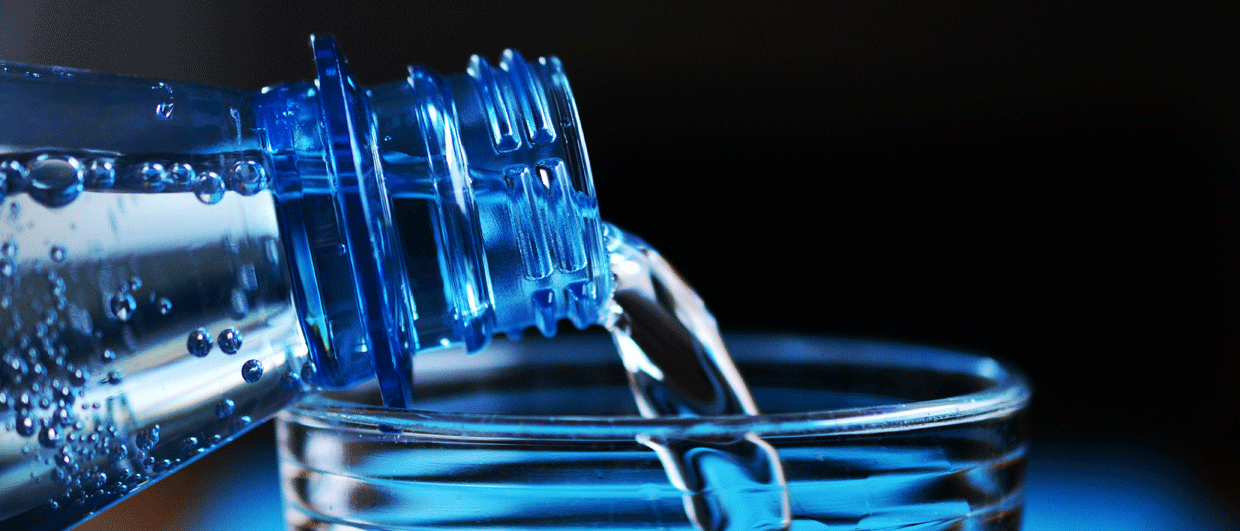It is something that I am not often exposed to, but that does not mean it is unimportant – produced water. The SPE Aberdeen section organized a panel discussion around the challenges of produced water yesterday, during which five experts shared their visions and experience on how to deal with increasing amounts of produced water as fields mature, how to cope with increasingly tight regulations and why it is better to re-inject rather than discharge overboard.
Here are a few insights I brought with me.
“It’s a troll ready to bite your ankles,” said Murray Dick from Enquest during his talk. With this, he obviously meant produced water, or how the engineers abbreviate it, PW. “There is even glamour in PW,” he added. But the glamour does not really come across when one realizes that so many chemicals are required to get produced water up to spec for overboard discharge. “At the end of the water clean-up process, we sometimes need to add chemicals to undo the effect of products we added in the first stages of the chain,” he said. It all makes a case for trying to reduce the use of chemicals as much as possible.
That was echoed by Neil Gourlay from NOV, who had listened carefully to the SPE’s instructions to throw the energy transition into the mix. Unfortunately, the single slide he put up during his pitch was unreadable – and I guess I was not the only one. An interesting observation from Neil was that the industry is currently losing people “left, right and centre.” A very stark reminder that retaining, let alone attracting skills will be an increasingly challenging task for an industry that faces long-term decline.
The third talk was a bit salesy, I must admit. However, Paul McAlister from Adaptive Process Solutions had a point to make. As regulations get tighter, which implies that overboard discharge of produced water has to comply with stricter rules, the need to more efficiently remove oil from the water is getting more imperative, also because the volumes of PW is only increasing in many cases. His bubble maker – as I would look at it from a simple geologist’s perspective – injects tiny air bubbles of multiple size into the produced water stream. The oil droplets tend to attach to these bubbles and therefore rise to the surface quicker. It all means a more efficient separation, which also has the potential to reduce the use of chemicals.
Myles Jordan from ChampionX reiterated that rather than producing the water and then having to worry about it, it may be better not to produce it in the first place. A fair point. His company developed a polymer that is able to expand in thief zones that have contributed to early water break-through, thereby reducing the water-cut and allowing the less productive parts of the formation to drain the oil. When asked about this during the Q&A, he admitted that the uptake of this technology has not taken off yet, partly because of the investment costs and the time it takes to see the effects. A person I talked to in the audience also added that these technologies typically require majors with deep pockets and long-term strategies to embark on these projects. The problem is that in a maturing basin as the North Sea, there are fewer and fewer of these majors left.
Finally, Stephen Heath from Production Chemistry Training Ltd offered an interesting insight into the amounts of water that is actually being discharged into the North Sea on an annual basis. 99 million tons of water was discharged in 2022, allowing around 1,600 tons of oil to come with that. This sounds like quite a lot, but apparently it has not caused issues so far. Or have I missed something? At the same time, injected water, which is surely the preferred route for produced water to go, is projected to reach a similar volume this year. This is quite an interesting observation indeed; since 2014 the volume of produced water that has been re-injected into has steadily increased, whilst discharged water has come down. Whether this is due to increasingly tight regulations or just a sign of more fields needing more pressure support, it is a positive sign for a very mature basin the North Sea is.



